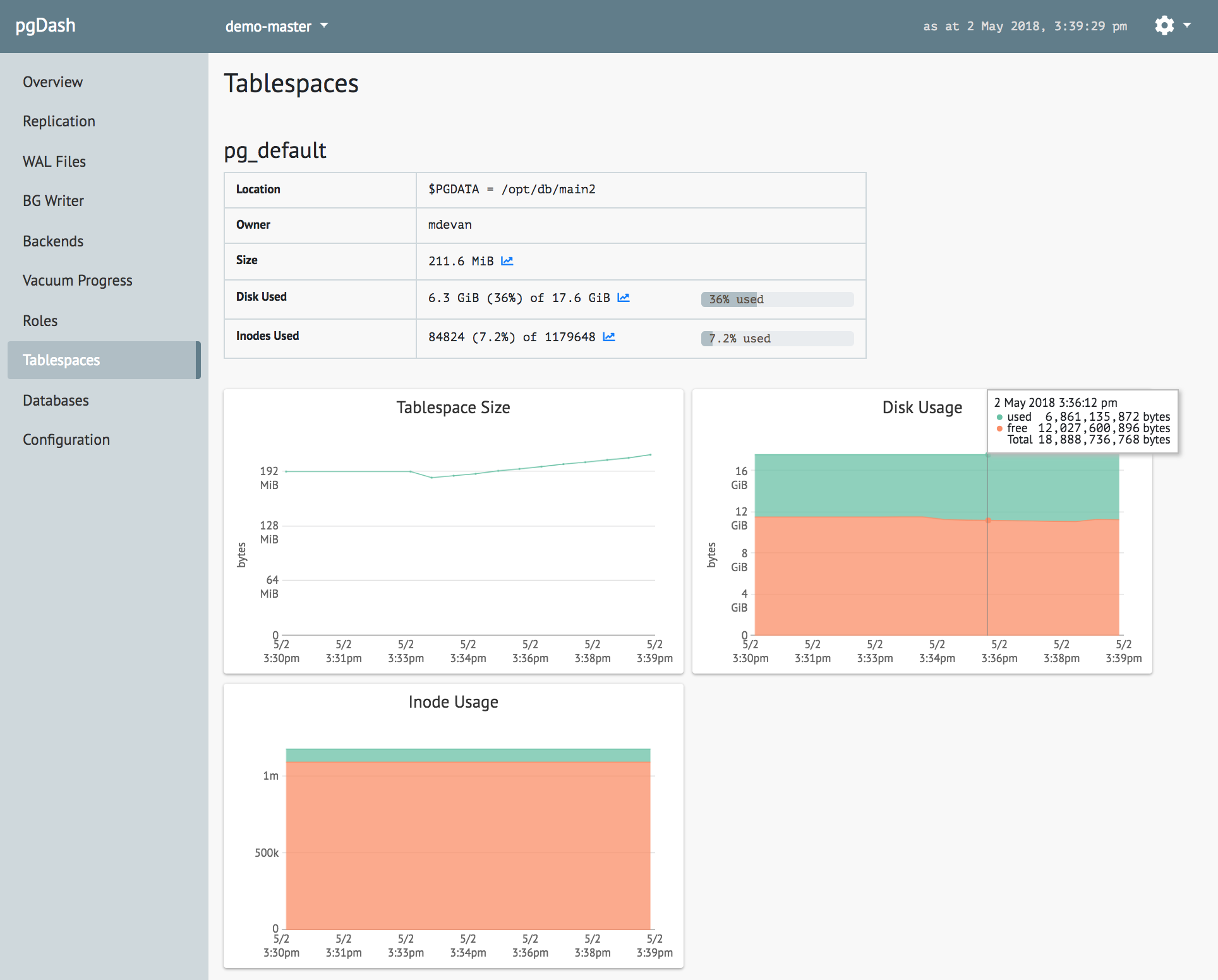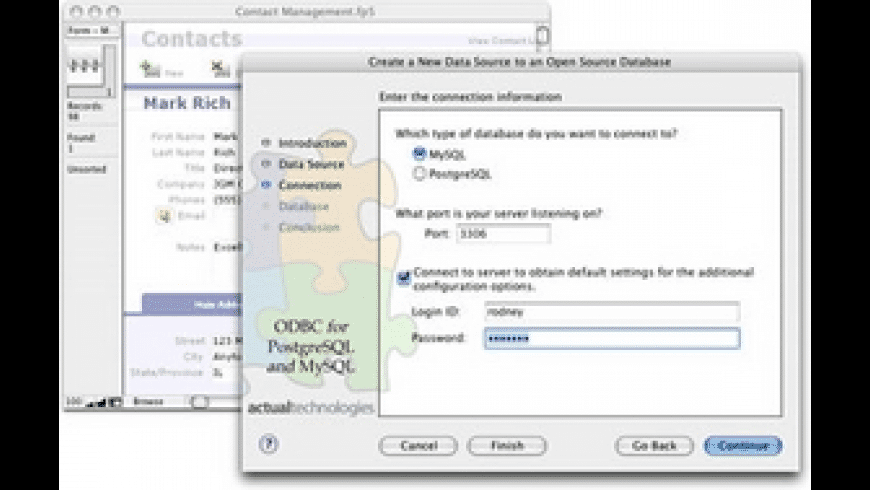

- #Open source reporting tools for postgresql install
- #Open source reporting tools for postgresql software
Rabbit-In-a-Hat generates documentation for the ETL process, it does not generate code to create an ETL.Solutions Review has compiled this list of the best open-source and free business intelligence software for your data-driven organization. White Rabbit generates information about the source data while Rabbit-In-a-Hat uses that information and through a graphical user interface to allow a user to connect source data to tables and columns within the CDM. Rabbit-In-a-Hat is designed to read and display a White Rabbit scan document. In a first round, the table-to-table mappings can be collaboratively decided, after which field-to-field mappings can be designed while defining the logic by which values will be transformed. In a typical setting, the ETL design team sits together in a room, while Rabbit-in-a-Hat is projected on a screen. The Rabbit-in-a-Hat tools that come with the White Rabbit software are specifically designed to support a team of experts in these areas. WhiteRabbit differs from standard data profiling tools in that it attempts to prevent the display of personally identifiable information (PII) data values in the generated output data file. The scan will generate a report that can be used as a reference when designing the ETL, for instance by using it in conjunction with the Rabbit-In-a-Hat tool. The source data can be in comma-separated text files, or in a database (MySQL, SQL Server, Oracle, PostgreSQL, Microsoft APS, Microsoft Access, Amazon RedShift). WhiteRabbit scans your data and creates a report containing all the information necessary to begin designing the ETL. WhiteRabbit’s main function is to perform a scan of the source data, providing detailed information on the tables, fields, and values that appear in a field. WHITERABBIT and RABBIT-IN-A-HAT are software tools to help prepare for ETLs of longitudinal healthcare databases into the OMOP CDM. HADES supports best practices for use of observational data and observational study design as learned from previous and ongoing research, such as transparency, reproducibility, as well as measuring the operating characteristics of methods in a particular context and subsequent empirical calibration of estimates produced by the methods. The packages interact directly with observational data in the CDM, and can be used simply to provide cross-platform compatibility to completely custom analyses, or can provide advanced standardized analytics for population characterization, population-level effect estimation, and patient-level prediction. HADES (previously the OHDSI METHODS LIBRARY) is a collection of open-source R packages that offer functions which can be used together to perform a complete observational study, starting from data in the CDM, and resulting in estimates and supporting statistics, figures, and tables. “10-Minute Tutorial” Video on Creating Cohort Definitions in ATLAS: Click Here

#Open source reporting tools for postgresql install
That code can then be run in any environment with an available CDM without needing to install ATLAS and the WebAPI.

It is even possible to fully define an effect estimation or prediction study using the public instance of ATLAS, and automatically generate the R code for executing the study. However, there is a public ATLAS, and although this ATLAS instance only has access to a few small simulated datasets, it can still be used for many purposes including testing and training. Performing real-time analyses requires access to the patient-level data in the CDM and is therefore typically installed behind an organization’s firewall. ATLAS is deployed as a web application in combination with the OHDSI WebAPI. For example, there appear to be a near-infinite number of ways to compute an incidence rate, but these can be specified in the OHDSI tools with a few choices, and anyone making those same choices will compute incidence rates the same way.ĪTLASis a free, publicly available, web-based tool developed by the OHDSI community that facilitates the design and execution of analyses on standardized, patient-level, observational data in the CDM format. This makes performing analyses easier, and also improves reproducibility and transparency. Rather than having to start from scratch, an analysis can be implemented by filling in standard templates. Furthermore, these tools standardize the analytics for various use cases. What these tools have in common is that they can all interact with one or more databases using the Common Data Model (CDM). OHDSI offers a wide range of open-source tools to support various data-analytics use cases on observational patient-level data.


 0 kommentar(er)
0 kommentar(er)
